Which of the following pairs will give different products on ozonolysis?

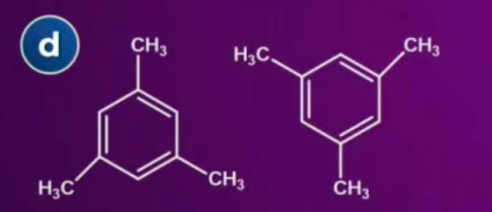
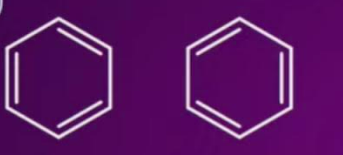
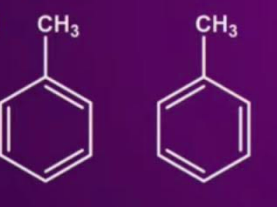
To solve the problem of which pairs will give different products on ozonolysis, we need to analyze the structures of the compounds provided in the options. Ozonolysis involves the cleavage of double bonds in alkenes or alkynes to form carbonyl compounds (aldehydes or ketones) upon reaction with ozone (O₃).
1. Identify the Compounds:
- Let's denote the compounds as A, B, C, and D based on the options provided in the question. We need to analyze the structure of each compound.
2. Understand Ozonolysis Mechanism:
- In ozonolysis, the double bond in the compound is cleaved, and ozone adds to the resulting fragments, forming carbonyl groups (C=O).
3. Analyze Compound A:
- Assume Compound A has a double bond between two carbon atoms. When ozonolysis occurs, the double bond breaks, and we obtain two carbonyl groups. The specific products depend on the substituents on the double bond.
4. Analyze Compound B:
- Similarly, analyze Compound B. If it has the same double bond structure as Compound A but with different substituents, it may yield different products upon ozonolysis.
5. Compare Products of A and B:
- If the products from A and B are different, this pair will yield different products on ozonolysis.
6. Analyze Compound C:
- Now, analyze Compound C. If it has a similar structure to A or B but with a different arrangement of substituents, we need to check if the ozonolysis products will be the same or different.
7. Analyze Compound D:
- Finally, analyze Compound D in the same way. If it has a structure that is a mirror image or a positional isomer of A or B, the ozonolysis products may be the same.
8. Conclusion:
- After analyzing all pairs, identify which pair has different products. The pair that yields different products upon ozonolysis is the correct answer.
Final Answer:
- Based on the analysis, Compound A and Compound B will yield different products on ozonolysis.
- Let's denote the compounds as A, B, C, and D based on the options provided in the question. We need to analyze the structure of each compound.
- In ozonolysis, the double bond in the compound is cleaved, and ozone adds to the resulting fragments, forming carbonyl groups (C=O).
- Assume Compound A has a double bond between two carbon atoms. When ozonolysis occurs, the double bond breaks, and we obtain two carbonyl groups. The specific products depend on the substituents on the double bond.
- Similarly, analyze Compound B. If it has the same double bond structure as Compound A but with different substituents, it may yield different products upon ozonolysis.
- If the products from A and B are different, this pair will yield different products on ozonolysis.
- Now, analyze Compound C. If it has a similar structure to A or B but with a different arrangement of substituents, we need to check if the ozonolysis products will be the same or different.
- Finally, analyze Compound D in the same way. If it has a structure that is a mirror image or a positional isomer of A or B, the ozonolysis products may be the same.
- After analyzing all pairs, identify which pair has different products. The pair that yields different products upon ozonolysis is the correct answer.
- Based on the analysis, Compound A and Compound B will yield different products on ozonolysis.
Topper's Solved these Questions
Similar Questions
Knowledge Check
Which of the following will give three different compounds on ozonolysis ?
A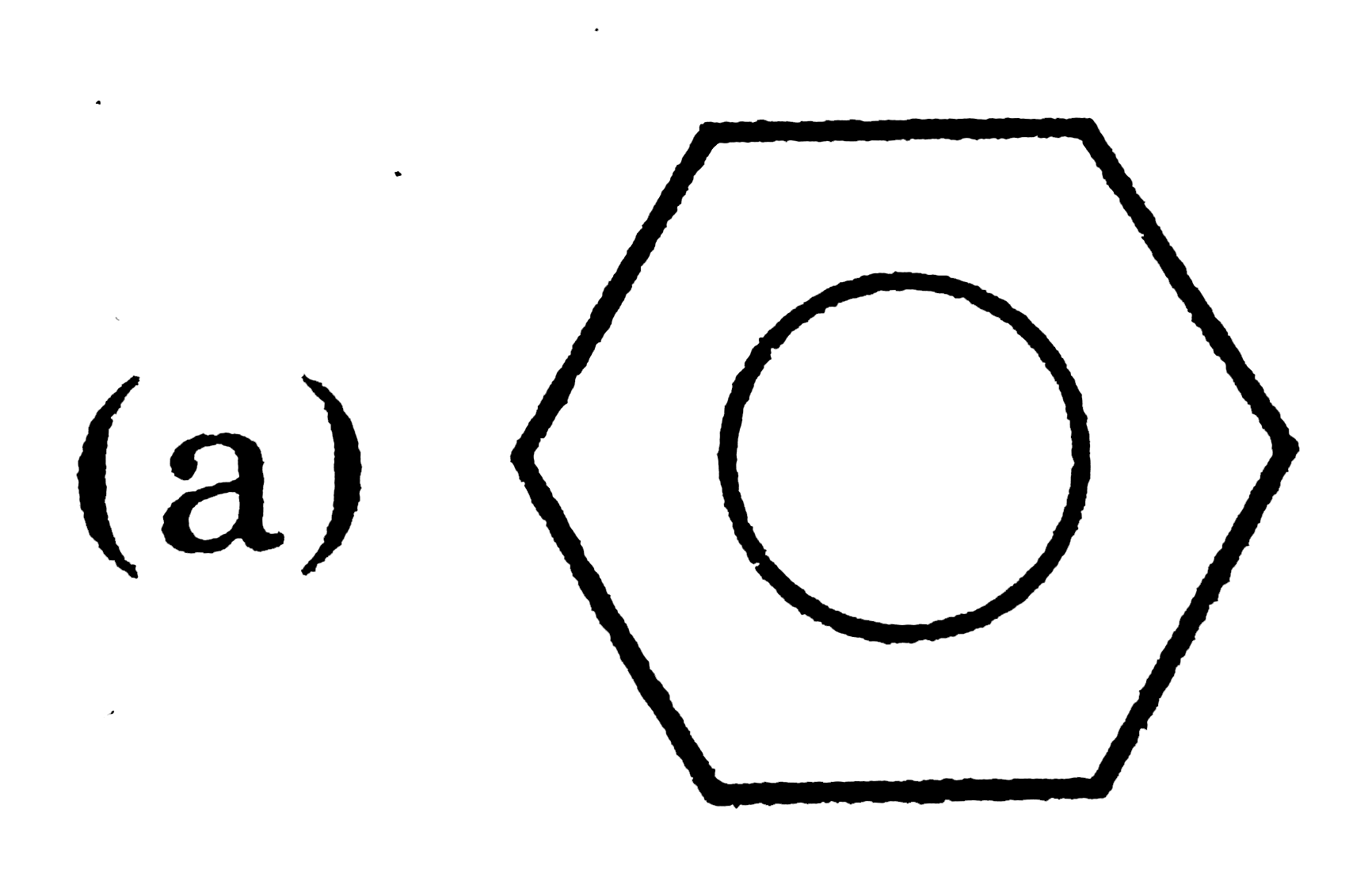 B
B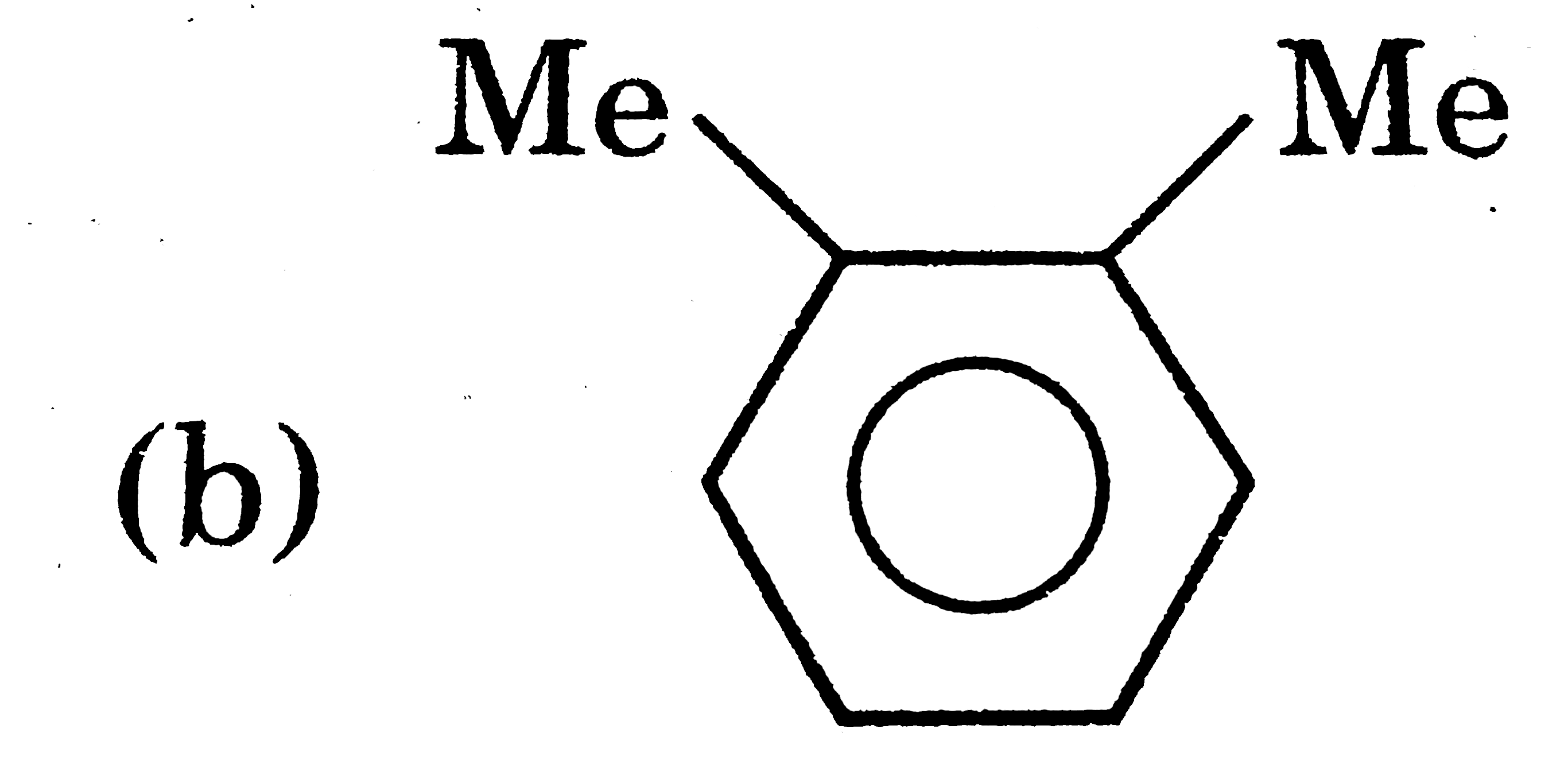 C
C D
D
Which one of the following is a different pair?
ALi, NaBBe, BaCO, AtDN, AsWhich one of the following is a different pair?
ALi, NaBBe, BaCN, AsDO, At
Which of the following pair gives same gaseous product on heating?
View SolutionWhich of the following reaction gives different product than the other three –
View SolutionWhich of the following will give a pair of enantiomorphs? .
View Solution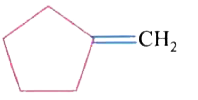
on ozonolysis gives
View SolutionWhich of the following pair of compounds give same gaseous product on decomposition
View Solution


